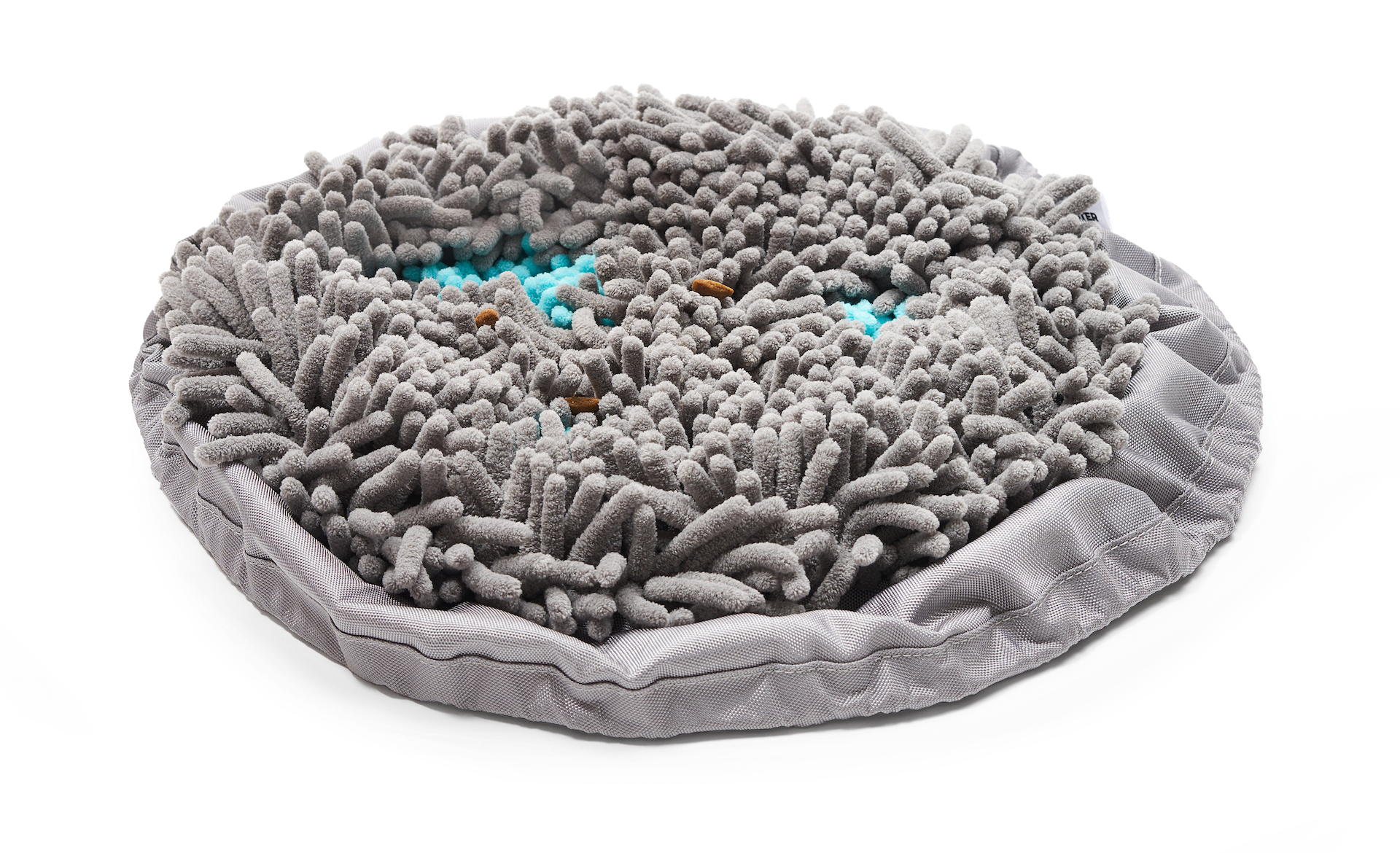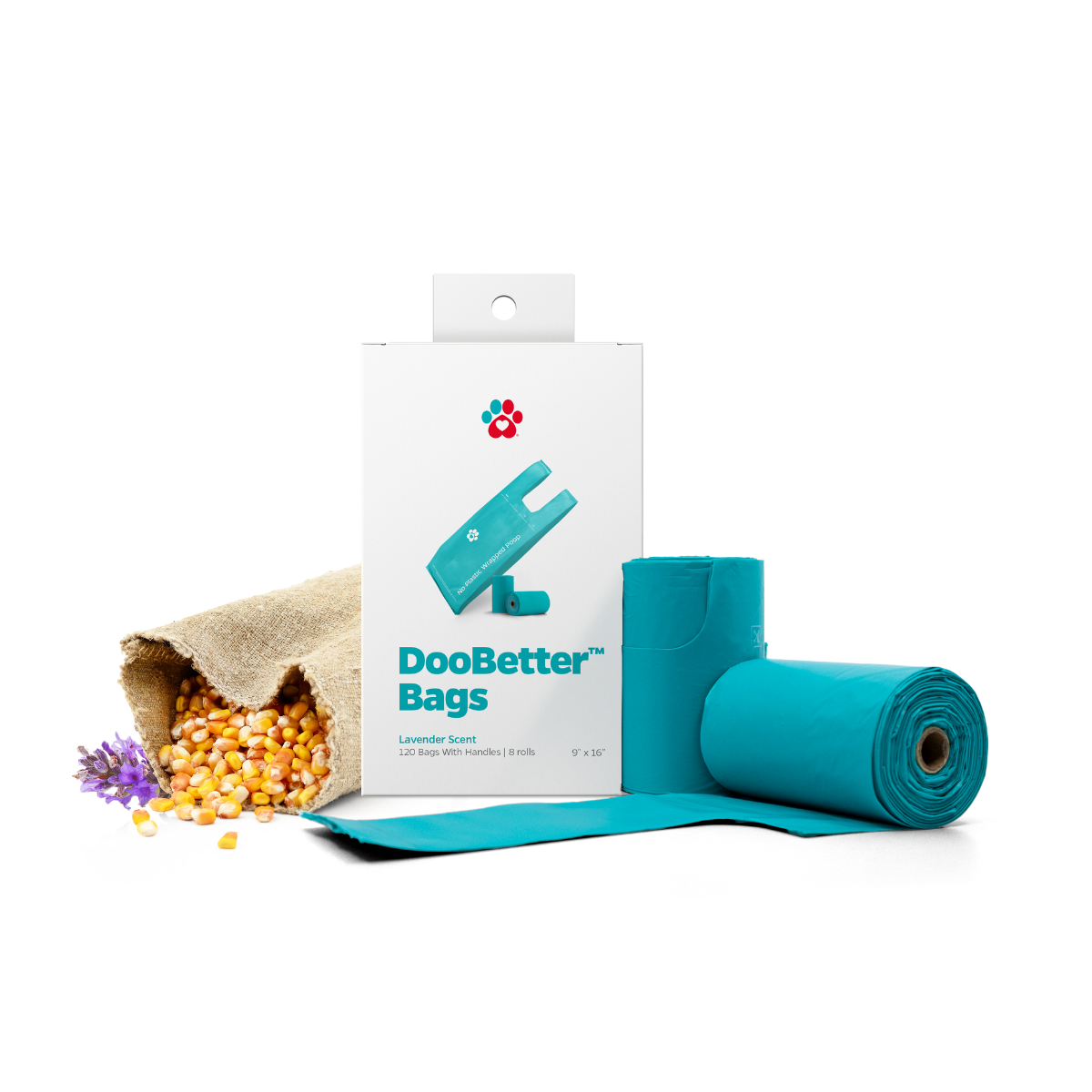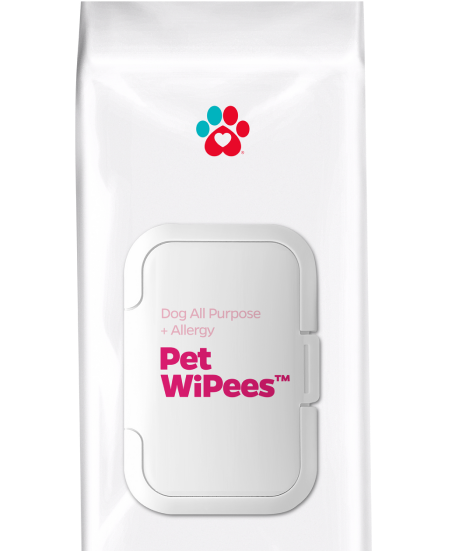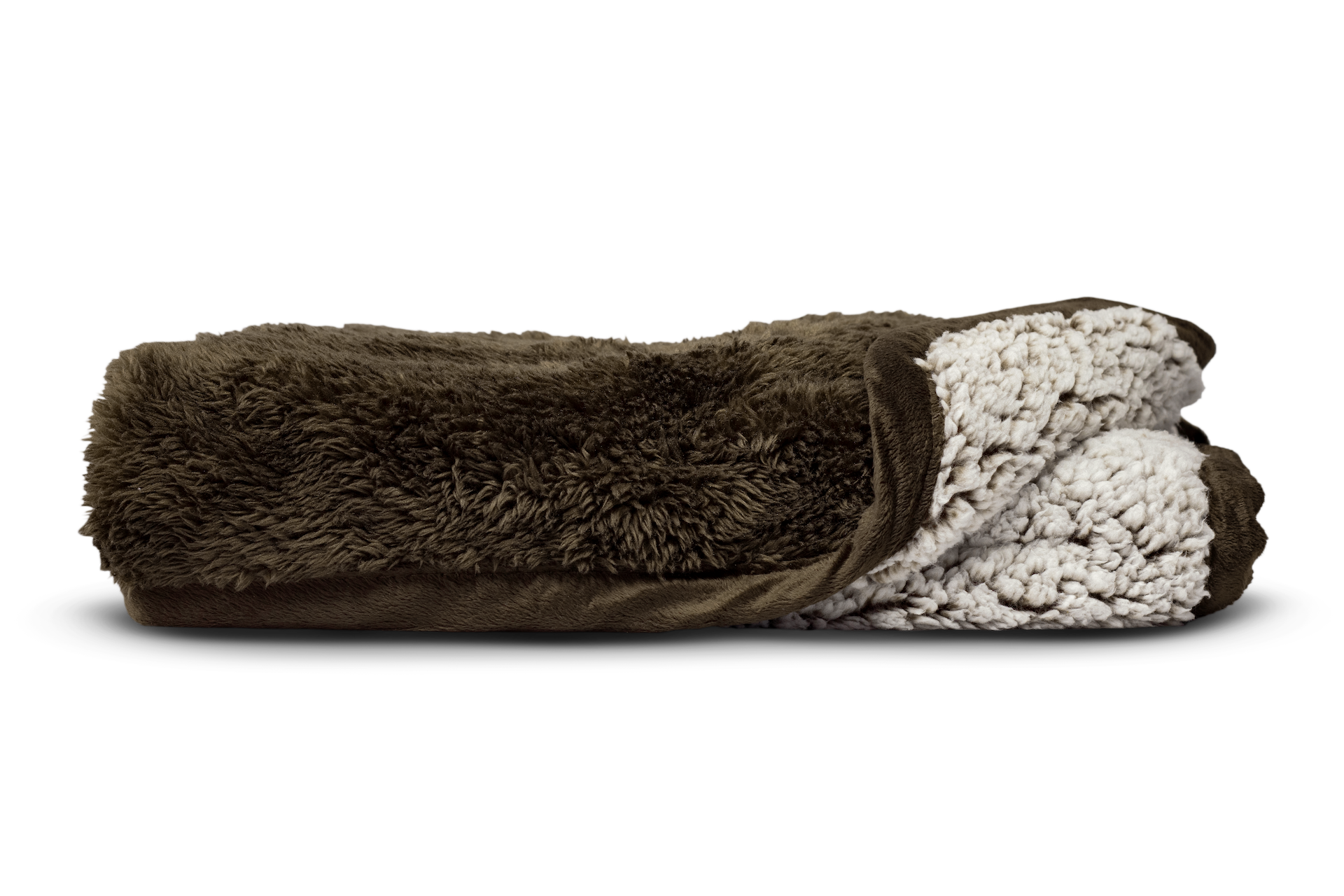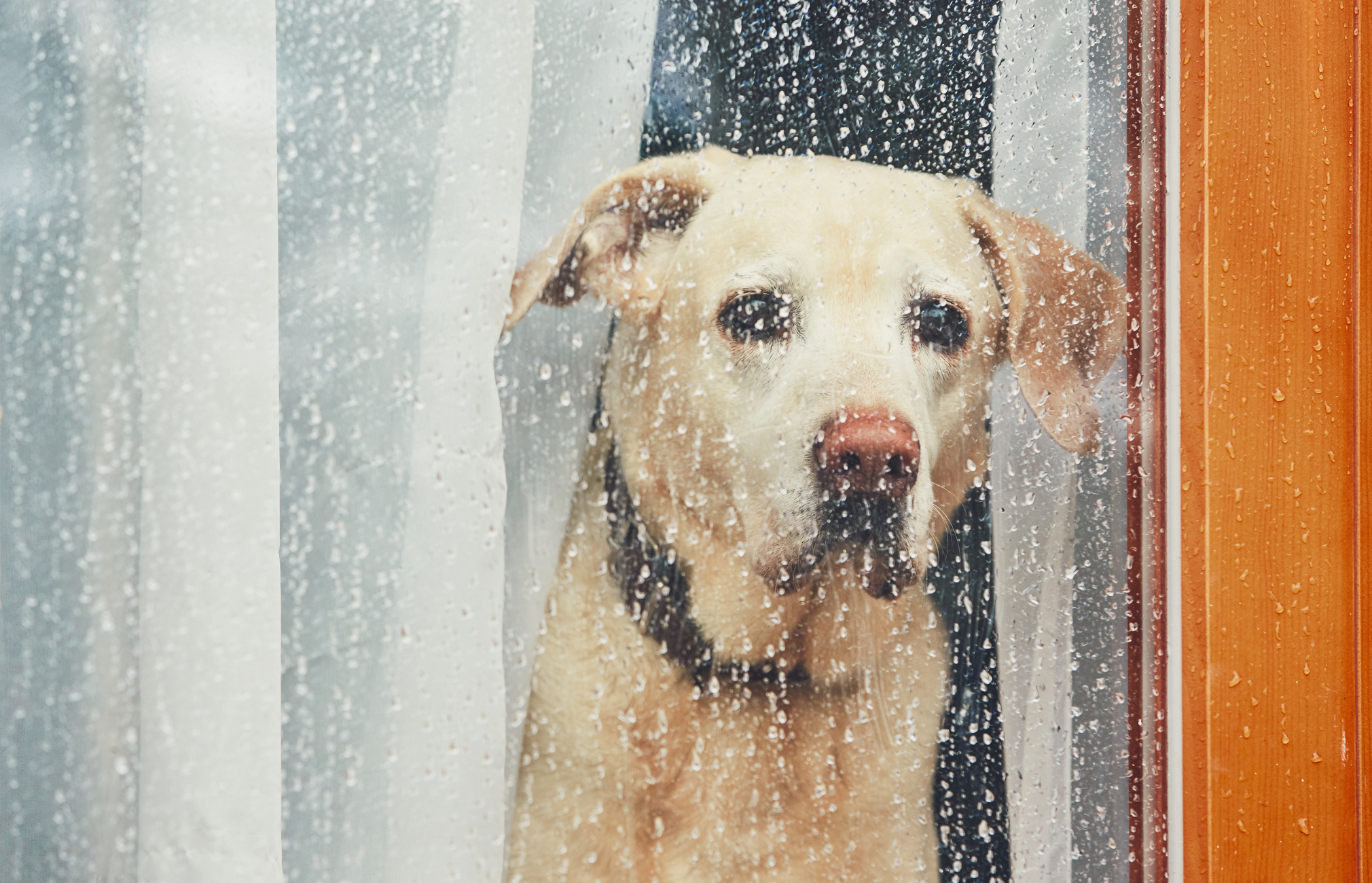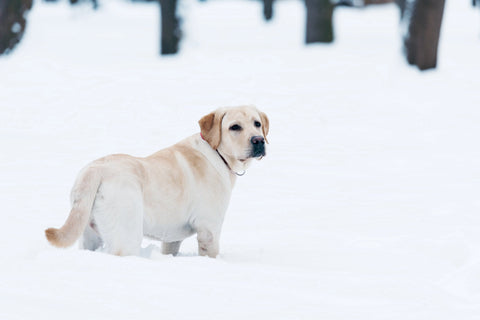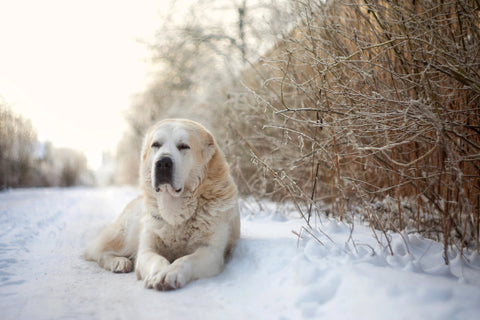One of the most common problems pet parents face is when their dog suffers from separation anxiety. You may notice separation anxiety if your dog appears stressed out and agitated whenever you leave home, leave the room, or are simply out of your furbaby’s sight. Separation anxiety in dogs is not uncommon for pet parents to deal with. But, you probably wonder what to do for a dog with separation anxiety. Worry not! We’re here to give you some tips on how to help a dog with separation anxiety.

"Separation anxiety is an anxiety provoked in dogs by separation or threat of separation from their owners."
What is Separation Anxiety?
Separation anxiety is an anxiety provoked in dogs by separation or threat of separation from their owners. It can also be triggered at the idea of your dog being left alone. You can learn more about dog anxiety Explore More.
According to The American Society for the Prevention of Cruelty to Animals®, some fur-babies experiencing separation anxiety become distressed when they see their pet parents prepare to leave. Others will seem uneasy or anxious prior to their pet parents' departure or when they can’t see their pet parents around. Some try their hardest to stop their owners from leaving.
How do I Identify Separation Anxiety in Dogs?
To determine if your dog is showing the signs of separation anxiety, ask yourself these questions:
- Does your dog begin to freak out whenever they see you preparing to leave home?
- Are they barking, whining, or yelping when they can't see you/you're gone?
- Do you arrive home and find them destroying/causing damage to things and furniture in your house?
- Are they house-trained yet seem to forget that they are whenever you're not around?
If you've answered yes to all, or even just to some, your dog probably experiences separation anxiety. However, these are not the only signs. But there are symptoms that may also indicate such.
Intense barking and whining. Your dog will become very noisy whenever you leave home. Their barking and whining are constant or very frequent and does not appear to be triggered by any stressors or outside factors. For example, if your dog barks through a thunderstorm, that is not a likely sign of separation anxiety. The trigger for the behavior in this case is being away from their pet parent.
Causing destruction in the house. It is normal for your dog to chew on things whenever they seem bored or under-stimulated. However, it's not normal for them to chew on everything they come across - window frames, door frames, carpet, destroying other objects at home. This behavior in your dog is likely to eventually result in wounded paws, broken teeth, and even life-threatening injuries like choking.
Pooping and peeing on inappropriate places. A puppy pooping in crate when left alone might be a sign of anxiety. Even when your dog is potty-trained or house-trained, if they have separation anxiety, they will "take a break" anywhere they want to and will soil your whole house. If your dog poops when left alone in the house or you notice your dog peeing in their crate when you leave, they may be experiencing separation anxiety. They may also experience coprophagia. This is when your dog eats their own poop (yuuuuuck!).
Has a strong urge to escape. With separation anxiety, your dog will often try to escape from where they are confined. They will attempt to bite off their crate or dig their way out. It can also be possible that when they are just left inside your house, they will probably chew their way out of the house to go and look for you!
Usually, right after a pet parent leaves a dog with separation anxiety, the dog will begin barking and displaying other distress behaviors within a short time after being left alone—often within just a few minutes. When the pet parent returns home, the dog acts as if it’s been years since they last saw each other.
How to Help Dogs with Separation Anxiety
Separation anxiety in dogs is a serious issue. You might wonder what to do with a dog with separation anxiety. However, there are some tips for dogs with separation anxiety that you can do to help keep your dog happy and healthy.
Take your dog for a walk before you leave. Before leaving your dog alone, take them on a walk to warm them up. You can even add a dog weighted vest to add a little intensity if your dog has very high energy. Just be sure that it is not too heavy for your dog. This will be dependent on the physical health and age of your dog. You can also use high intensity game with your dog, like fetch or frisbee to help tire them. Reward your dog after the walk and give them enough food and water. The goal is to put them in resting mode while you're away.
No physical contact. Petting, touching, and making eye contact will only increase your fur-baby’s anxiety. Avoid doing these things when you're leaving. This will tell your dog that it's a normal day and being apart from each other is something they should not worry about. You do not want to positively reinforce their separation anxiety by giving extra love and attention when they are beginning to feel anxious. By not making a fuss when you leave, you let them know that it's going to be okay.
Use pee pads and dog diapers. If your dog tends to go to the bathroom inside when you are gone, pee pads and dog diapers can be a great help! These help prevent messes from pooping and peeing in your house or the place where they are confined in, like their crates or kennels. These will also prevent the messy cleanups.
Diapers prevent them from eating their own poop, which I know you would never want to happen. While pee pads serve as extra leakage protection.
Dog diapers like Pet Parents® Washable Dog Diapers and pee pads like Pet Parents® Pawtect® Pads are one of the most recommended. These Pet Parents® products are both made from a proprietary fabric blend that is made to absorb moisture fast and lock it in. What makes these even better? These products hold in more liquid per square inch than other options available, so you don’t have to worry about leaking and spills once used.
Provide Gnawtlers®. Your dog suffering from separation anxiety has tendencies to excessively chew on things out of stress or boredom. This is where you should be giving your fur-baby Gnawtlers®. These are premium elk and deer antler chews that are all-natural and safe so you won’t have to worry about your dog gnawing while you’re away. You will want to start out with split elk antlers, the softest variety, for puppies or dogs with sensitive teeth, or dogs new to chewing.
These high-quality antler chews are naturally shed and jam-packed with nutrients. They come in either whole or split to suit your fur-baby's chew personality and keep them safely preoccupied.
Start out by leaving them just a few minutes. Leave your dog or be out of their sight for a few minutes at a time. Then gradually increase the amount of time you are gone. Provide a distraction when you are leaving with treats or Gnawtlers®. Continue doing this everyday so they will be able to adjust and get used to the time you're going to be away from them.

Promote calm behavior with calming supplements. Calming supplements, like Pet Parents® Calming SoftSupps®, made to help your fur-baby feel calm and relaxed in stressful situations. In dogs with separation anxiety, this would apply to when you are going away. These supplements contain Suntheanine®, which is a pure form of L-Theanine that is clinically studied to promote a sense of relaxation & mental alertness in your fur-baby without any drowsiness. These calming supplements also contain organic hemp extract that is rich in healthy properties, helping your fur-baby cope up with external stresses. Plus, dogs love them! You can learn more about the ingredients and uses of calming treats Explore More.

"Petting, touching, making eye contact will only increase his anxiety. Avoid doing these things when you're leaving."
Separation anxiety can be overcome with patience, time and consistency. Training techniques can help you teach your dog appropriate behavior and help them feel at ease when you are away. Remember that consistency is key in training. There are also some practical steps you can take in the meantime to help a dog with separation anxiety. And remember that veterinary behaviorists and professional trainers are always an option if you would like extra help. As a pet parent, you want to keep your dog healthy and happy. Find the methods that work best for you (and your dog)!

